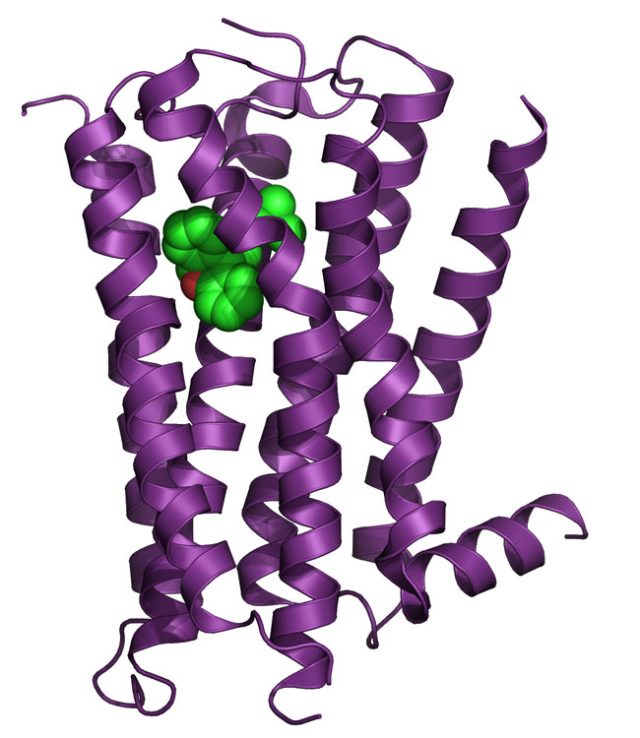Google cloud runs thousands of protein simulations simultaneously
Ars Technica » Scientific Method 2014-01-07

We know how to get snapshots of what proteins look like. These static pictures tell us where all the atoms of a protein reside within a crystal, which gives us a sense of their structure and lets us design drugs that fit neatly within that structure, altering its activity.
But, in actual cells, proteins are nothing like the static, rigid structures found in crystals. Instead they writhe, buffeted by Brownian motion and constantly shifting among similar energy states. Until we develop a microscope that can resolve all this motion, the best we can do is to run molecular simulations on our computers. Unfortunately, most proteins have a lot of atoms to keep track of, which makes those simulations extremely computationally expensive.
Now, some researchers have figured out how to run the simulations on Google's cloud computing architecture. Although each of the individual simulations is short, they can be aggregated to provide a picture of long-term behavior. And, with this method of aggregating them in place, the system should be able to work with just about any cloud service available.
Read 7 remaining paragraphs | Comments